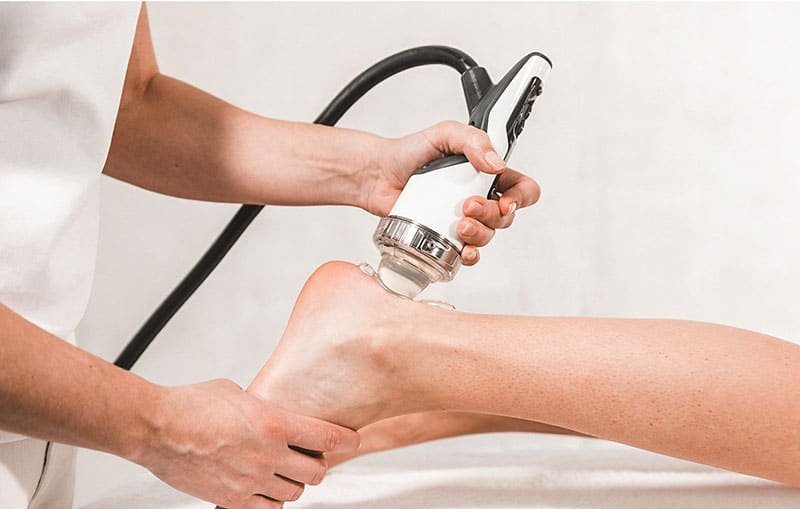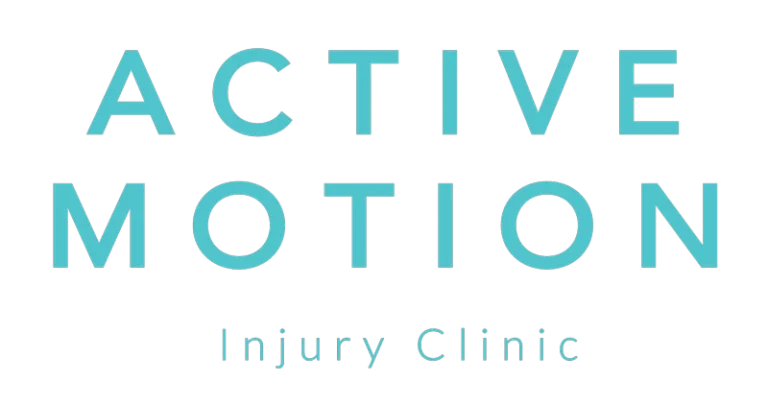Understanding Plantar Fasciitis: The Impact on Adults Over 40 and a Look at Treatment Options

Introduction
Plantar fasciitis is a common condition that causes pain in the heel and bottom of the foot. It occurs when the plantar fascia, a thick band of tissue that runs across the bottom of your foot and connects your heel bone to your toes, becomes inflamed. While it might sound like a minor inconvenience, those who suffer from plantar fasciitis, especially adults over 40, know that it can significantly affect daily life.
How Plantar Fasciitis Feels
The primary symptom of plantar fasciitis is a sharp pain in the heel or along the arch of the foot, particularly noticeable with the first steps after waking up or after periods of inactivity. The pain tends to decrease with activity but may return after long periods of standing or after exercise. This cycle of pain can lead to frustration and can be physically and emotionally draining.
The Social Impact on Adults Over 40
The pain and discomfort associated with plantar fasciitis can lead to several social and lifestyle challenges, which are often magnified for those over 40:
- Limited Mobility: As people age, maintaining mobility becomes crucial for overall health and well-being. Plantar fasciitis can hinder participation in physical activities, leading to a sedentary lifestyle, which can exacerbate other health issues such as weight gain, cardiovascular problems, and joint pain.
- Work Implications: For adults over 40, many of whom may be in the peak of their careers, plantar fasciitis can impact productivity and job performance. It can lead to decreased productivity, absenteeism, and in severe cases, the need to change jobs or take medical leave.
- Emotional Toll: Chronic pain can lead to feelings of frustration, depression, and anxiety. The inability to engage in physical activities and social events can further exacerbate these feelings, leading to a diminished quality of life. This emotional toll can be particularly challenging for adults over 40, who may already be dealing with other mid-life stressors.
- Financial Burden: The cost of treatments, including doctor visits, physical therapy, and potential time off work, can add a financial strain to the emotional and physical burdens of the condition. For those over 40, this may also coincide with other significant financial responsibilities, such as children’s education or saving for retirement.
REQUEST OUR FREE PLANTAR FASCIITIS ADVICE GUIDE HERE:PLANTAR FASCIITIS GUIDE
Treatment Options
Managing plantar fasciitis often requires a multi-faceted approach. Here are some common treatment options, which can be especially relevant for those over 40:
- Rest and Activity Modification: Reducing activities that aggravate the pain, such as long walks or standing for extended periods, is important. Incorporating low-impact activities like swimming or cycling can help maintain fitness without worsening symptoms.
- Stretching and Strengthening Exercises: Regular stretching of the calf muscles and plantar fascia, along with strengthening exercises for the foot and ankle, can improve flexibility and support. We can help you with that here: WATCH NOW.
- Footwear: Wearing shoes cushioning can alleviate pressure on the plantar fascia, our only recommendation here is to wear shoes that you find comfortable. For adults over 40, this is especially important as foot structure and function can change with age.
- Medication: Nonsteroidal anti-inflammatory drugs (NSAIDs) like ibuprofen can help reduce pain and inflammation. These should be used under the guidance of a healthcare professional.
- Physiotherapy: A therapist can employ various techniques, such as massage, graston technique, and taping, to alleviate pain and promote healing. This can be particularly beneficial for older adults who may have other underlying musculoskeletal issues.
REQUEST OUR FREE PLANTAR FASCIITIS ADVICE GUIDE HERE:PLANTAR FASCIITIS GUIDE
- Extracorporeal Shock Wave Therapy (ESWT): This non-invasive treatment involves sending high amounts of energy to the affected area to stimulate healing. It is typically considered when other treatments have failed.

REQUEST OUR FREE PLANTAR FASCIITIS ADVICE GUIDE HERE:PLANTAR FASCIITIS GUIDE
- Steroid Injections: In some cases, corticosteroid injections may be used to reduce severe inflammation and pain. However, this is usually a short-term solution due to potential side effects and not something we recommend due to their low success rate and increase risk of causing further pain and discomfort.
Conclusion
Plantar fasciitis, while common, can significantly impact one’s quality of life, particularly for adults over 40. It affects mobility, work, and emotional well-being. Understanding the condition and exploring various treatment options can help manage symptoms and restore a more active, pain-free lifestyle which means getting you back to the things you love and enjoy without the need to keep taking painkillers. If you are experiencing symptoms of plantar fasciitis, it is essential to consult a healthcare professional to develop a personalised treatment plan that addresses your specific needs. Why not contact us today: 07368286175!
REQUEST OUR FREE PLANTAR FASCIITIS ADVICE GUIDE HERE:PLANTAR FASCIITIS GUIDE
Request A Call Back
If you'd like to get more information or discuss your condition with a professional, use the form to register for your FREE call back.
Free Consultation
Schedule your free consultation so we can learn more about your pain and how we can fix it.
Find Out Cost & Availability
Enquire about the pricing and availability of our services.
